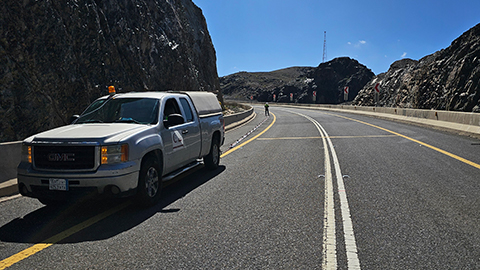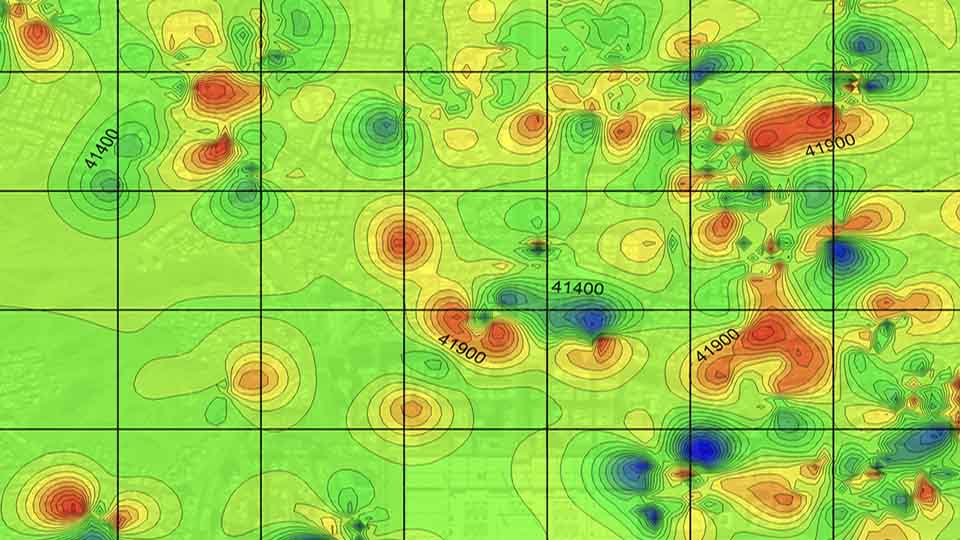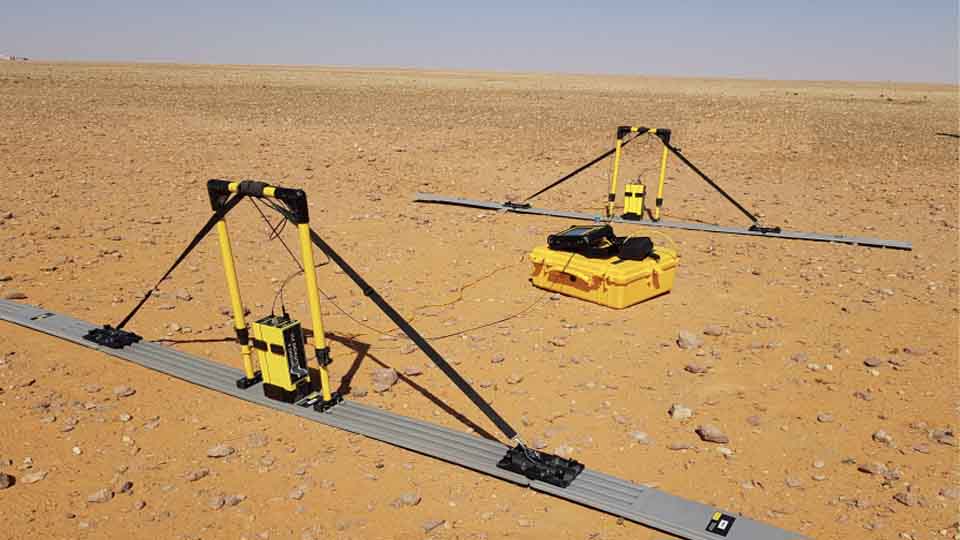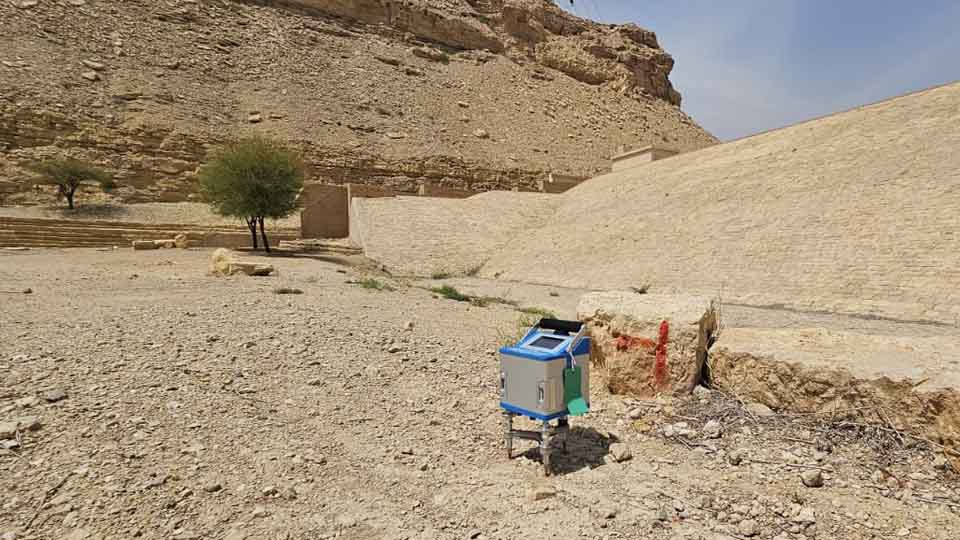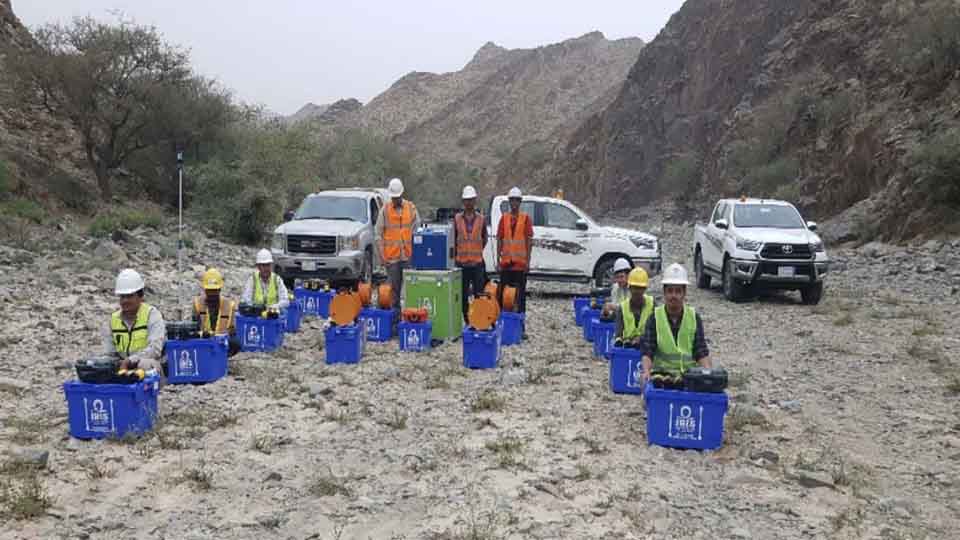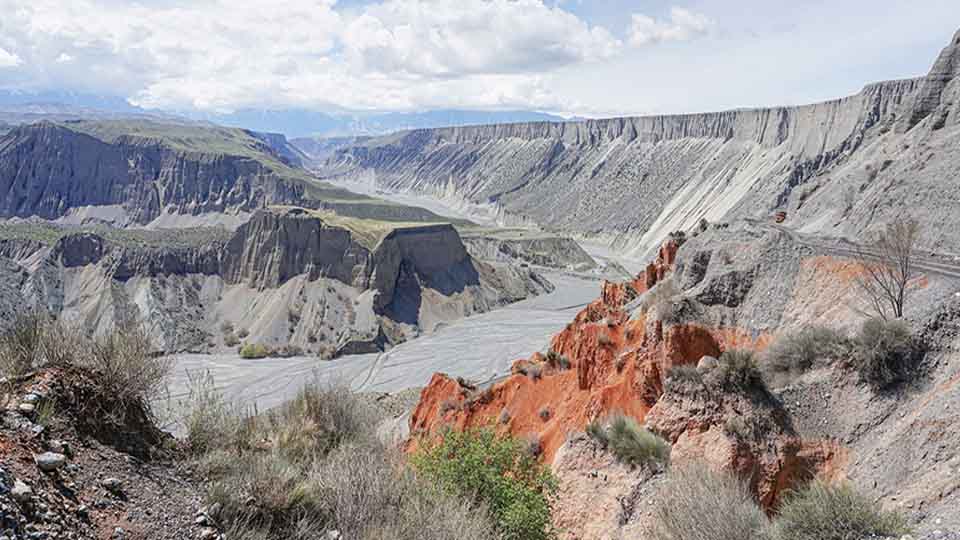The utilization of geophysical method can increase the effectiveness of civil engineering works since it can provide the information which the conventional civil engineering method was hard to determine due to the concern of money, time and quality. Engineering Geophysics helps to reduce the number of conventional drilling method and possibly decides a critical spot of interest which directly decreases the cost of the project. Some of the common earth materials and related parameter in civil engineering application that can be utilized by the geophysical method are minerals, soils, rocks, water, subsurface layers, thickness and depth.
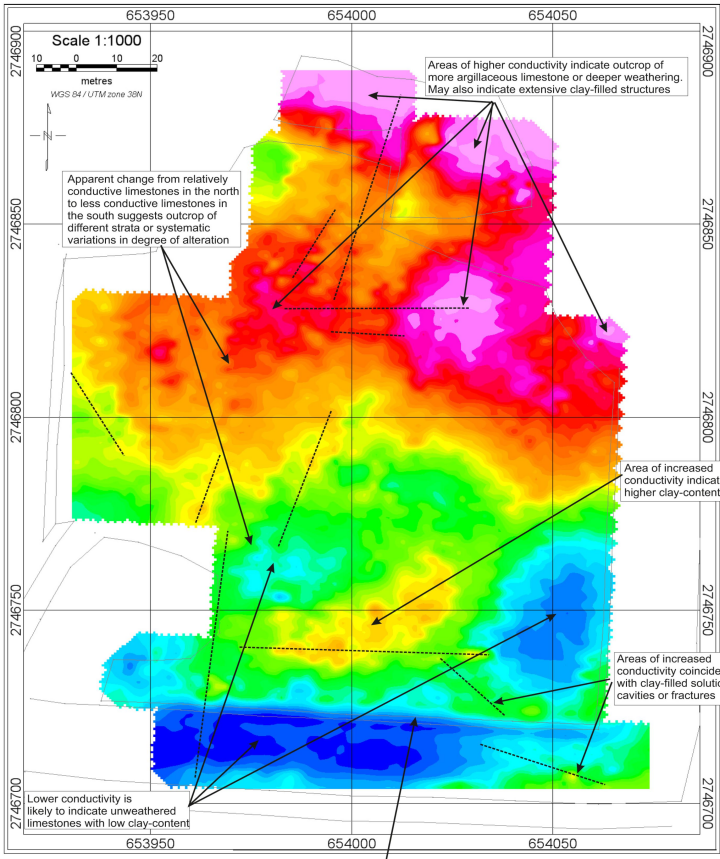
Our Services in Engineering Geophysics involves
1. Cavity Detection
Subsurface cavities, sinkholes, karstic solution and subsidence zones pose a danger to the community and the infrastructure. We use a broad range of geophysical methods to assess such hazardous settings which subsequently lead to ground improvement and risk mitigation strategies to avoid ground failure
2. Bedrock Profiling
One of the major prerequisites in foundation design is the determination of bedrock depth, variations in bedrock topography and the strength; we have got all that covered- thanks to various geophysical applications which can rapidly and cost effectively provide us specific properties of the subsurface layers
3. Fracture Mapping
Fracture, fault, and fissure mapping is useful for identifying features that may represent infiltration zones or affect potential groundwater pathways. Fracture mapping is also performed to find transport pathways Drainage which is not easily solved by traditional characterization or monitoring methods such as drilling and groundwater sampling.
4. Artificial ground
Areas where the ground surface has been significantly modified by human activity. Artificial or man-made ground is a vital component of our understanding of the ground, that also includes bedrock and superficial deposits, as the near surface ground conditions are critical in further development of the sites.
5. In Situ Elastic Properties
Geophysical techniques can provide the properties of the ground to enable the engineer to model ground behavior in response to different loads optimizing foundation design. properties including:
Shear Modulus
Poisson’s ratio
Damping Ratio
Bulk Modulus
Young’s Modulus
6. Soil and Rock Properties
The physical properties of soil & rock have geological meanings; Resistivity can be related to porosity, moisture, clay content, and chemical composition, Seismic velocities are related to the competence of rocks. geophysical testing is the most reliable way of determining these properties.
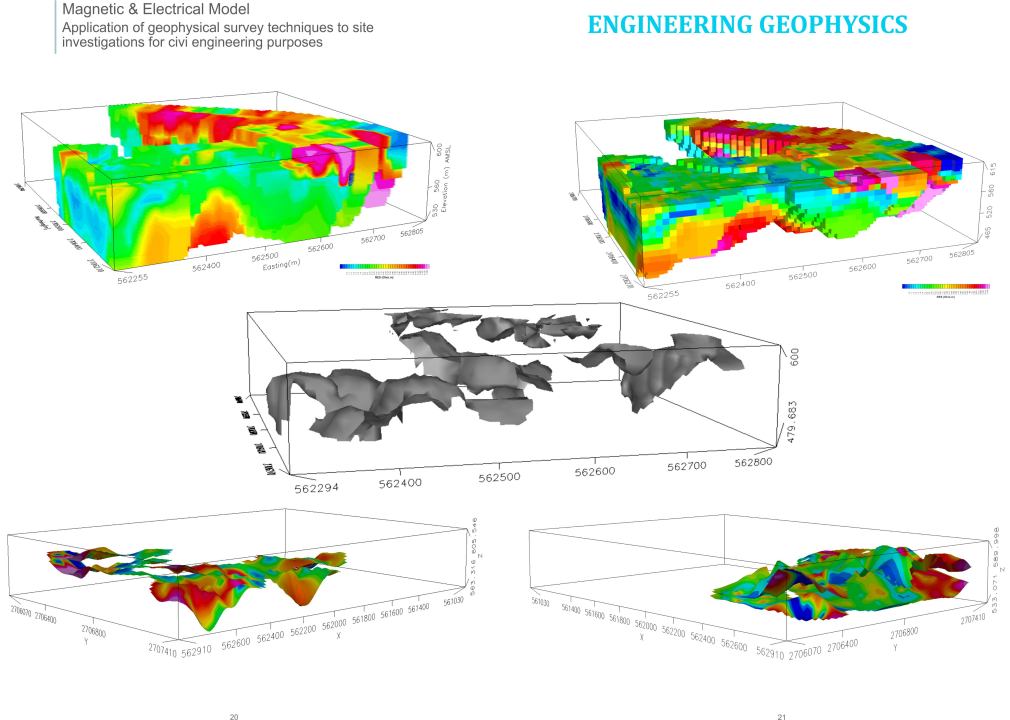
Related recommendations
-
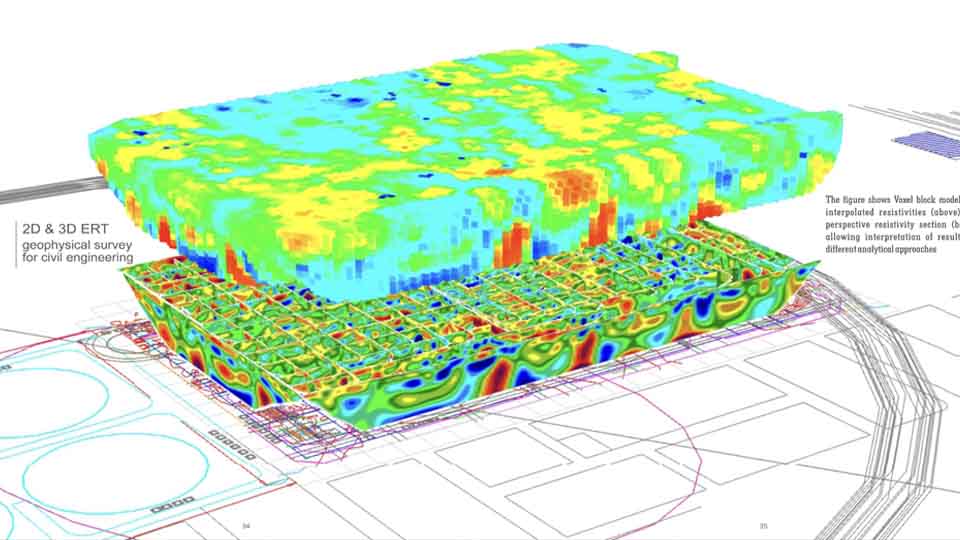
Seismic Methods
Seismic geophysical methods can cost-effectively image the subsurface over a large area and have been extensively used in deep earth studies and natural resource exploration
Learn more -
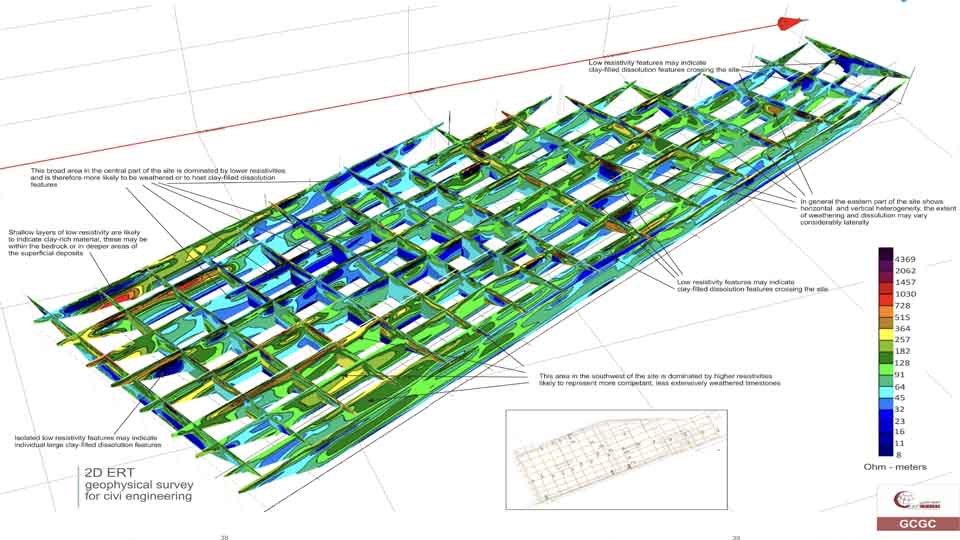
Electrical Methods
The electrical properties of the subsurface vary with the ground material, the presence and saturation level of fluids, and the presence of buried objects. Electrical techniques seek to describe the distribution of these properties as a function of depth and horizontal distance.
Learn more -

EM Methods
Electromagnetic (EM) surveying, the electrical conductivity of the ground is measured as a function of depth and horizontal distance. Different rocks exhibit different values of electrical conductivity. The electromagnetic method is based on the induction of electric currents in the ground by the magnetic component of electromagnetic waves generated at the surface
Learn more

